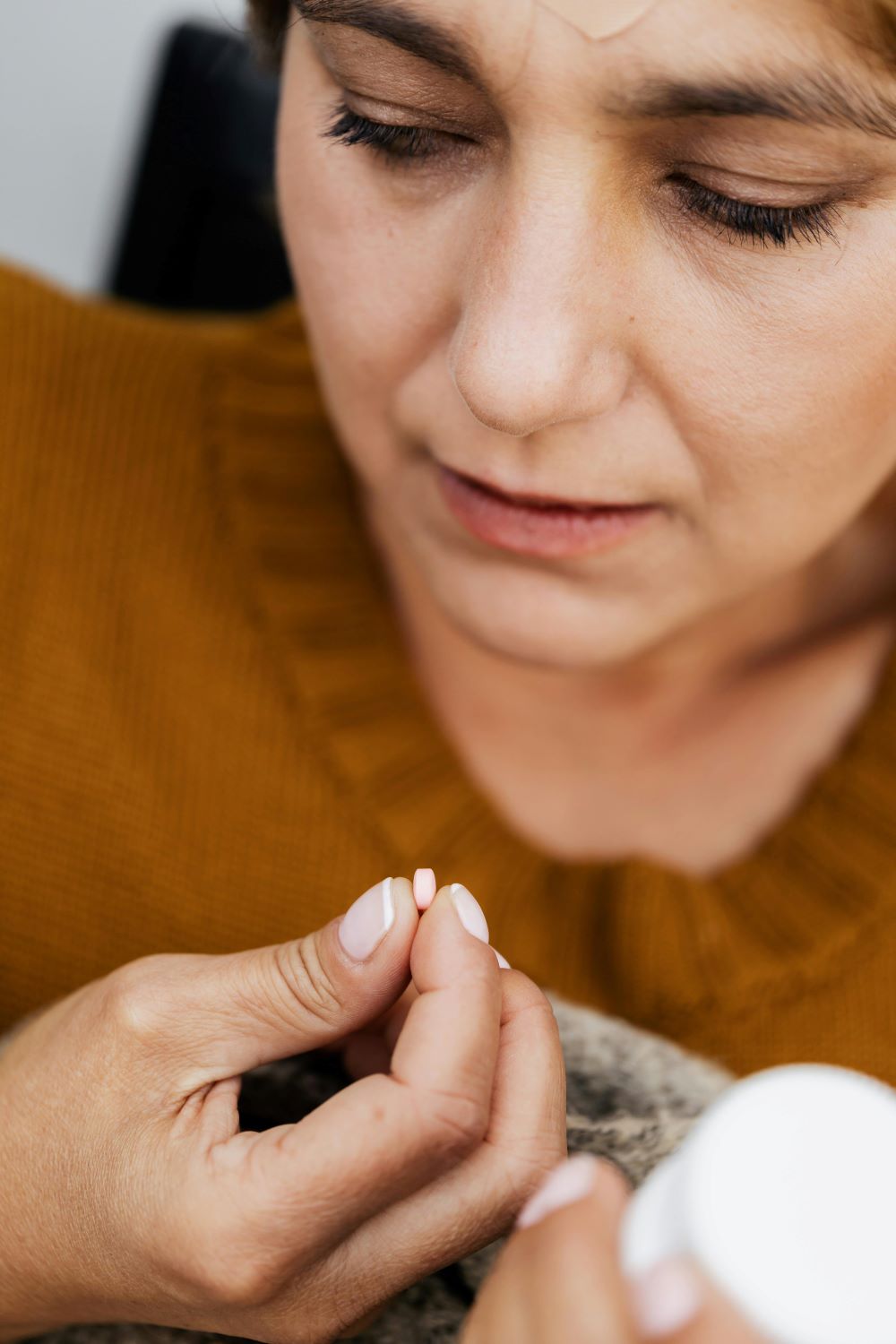Diabetes medication shows potential to dual as an addiction treatment option.
Recent research published in Addiction has revealed a potential link between GLP-1 receptor agonists (GLP-1 RAs) and a reduced risk for opioid use disorder (OUD) and alcohol use disorder (AUD). Medications like Ozempic, which are usually used to treat diabetes and obesity, appear to have unexpected benefits in curbing addictions as well. These drugs interact with the brain’s mesolimbic system, a region that controls reward pathways, suggesting they may alter responses to these substances.
The mesolimbic system is closely tied to addictive behaviors, and researchers believe that GLP-1 RAs could influence how the brain perceives pleasure and satisfaction, reducing cravings much like traditional medications Naltrexone and Vivitrol (its extended-release form). This overlap has prompted scientists to investigate whether GLP-1 RAs, alongside glucose-dependent insulinotropic polypeptide (GIP) agonists like Mounjaro, could also benefit individuals with substance use disorders.
In one of the largest studies of its kind, researchers analyzed data from over 500,000 individuals with OUD. More than 8,000 of these individuals were receiving a GLP-1 RA or GIP prescription. The findings were significant: those on these medications had a 40% lower risk of opioid overdose compared to those who didn’t receive them. Similarly, the study reviewed data from more than 800,000 individuals with alcohol use disorder (AUD), with 5,621 on the same medications. Results showed that those prescribed GLP-1 RAs or GIPs had a 50% reduced risk for alcohol intoxication.

While animal studies have long suggested that GLP-1 RAs might offer benefits in treating substance use, this large-scale human study brings promising evidence to light. It builds on earlier small-scale clinical trials and animal research, pointing toward a new frontier in substance use treatment. The study opens the door to considering these medications as part of treatment protocols for addiction, especially in individuals already taking them for diabetes or weight-related conditions.
It’s important to note that these findings don’t suggest that GLP-1 RAs are a cure for addiction. Rather, they may help reduce the risk of overdose or intoxication, providing an additional go-to in managing these disorders over the long term. The mechanisms behind this effect are still being explored, but the reduction in cravings tied to the mesolimbic system’s reward response seems to be a key factor, and the findings come at a time when cases of both OUD and AUD are on the rise post-pandemic.
Most treatment options for OUD and AUD currently involve medication-assisted therapy, such as methadone or buprenorphine for opioids, and naltrexone or acamprosate for alcohol. These treatments, while effective, have limitations, including the potential for side effects and the need for close medical supervision. Introducing a medication already approved for other conditions could offer a safe alternative while allowing patients to manage addiction with an option that is more discrete, as the drug is widely used for diabetes and weight management.
If further research confirms the team’s initial findings, GLP-1 RAs could represent a significant advancement in addiction medicine. In the meantime, healthcare providers should stay informed about these and other developments, as GLP-1 RAs may soon be the go-to treatment choice.
Sources:
Ozempic and similar drugs may lower risks for opioid and alcohol use disorders
Weight loss drugs like Ozempic may help reduce overdose risks: Study


Join the conversation!